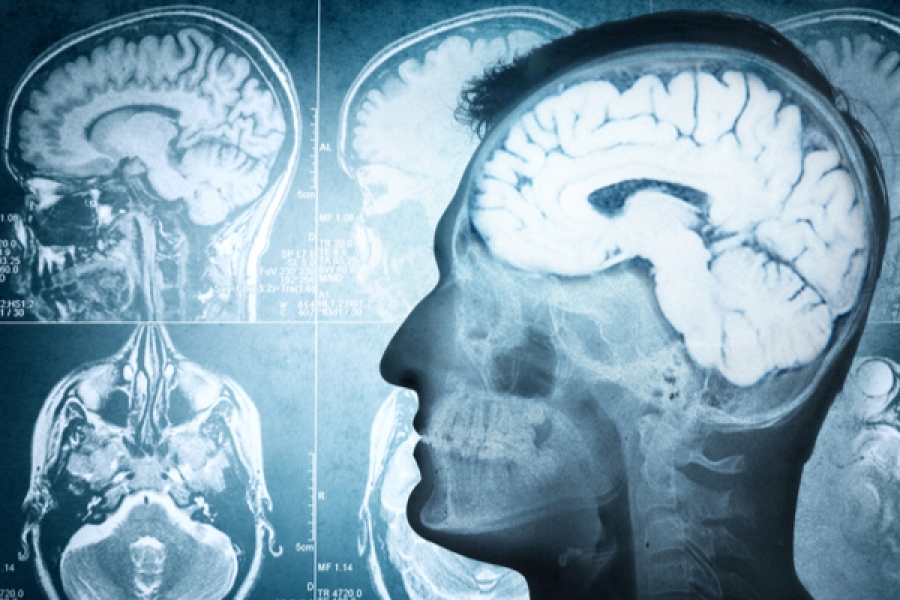When our brains are out of balance, it can lead to a number of difficult-to-deal-with symptoms and conditions. Perhaps you’re struggling to stay focused throughout the day. Maybe you’re having trouble falling (or staying) asleep at night. Or you could be suffering from anxiety, depression, or another type of mood disorder. If you are experiencing any of these conditions, neurofeedback can help you out tremendously. This drug-free treatment is a powerful tool in helping you understand and alter your brainwaves. If you’re interested in learning more about this therapy, we’ve put together this comprehensive guide to neurofeedback in Dallas, TX.
What exactly is neurofeedback?
Neurofeedback is a type of biofeedback that’s used to train your brain. The brain is responsible for every thought, emotion, and action we take. Neurofeedback therapy is an all-natural, non-invasive way to measure and alter brainwave activity.
During a neurofeedback session, you receive real-time feedback about the state of your brain. If you are feeling anxious, it’s likely that your brainwaves are moving too fast. If you’re struggling to focus, they’re likely moving too slow.
Each half second, your brainwaves are displayed on a monitor and compared to a target frequency. When your brain meets that target frequency, a positive reward is given. When your brainwaves fall outside the target frequency, the reward is taken away.
Over time, this training helps you learn how to regulate your brainwaves and bring them back to normal ranges. In a way, it helps “rewire” bad habits into better habits.
How does neurofeedback work?
Neurofeedback begins with the completion of a qEEG brain map. This will help your clinician identify areas of your brain that are underperforming or are out of balance. These areas are likely contributing to the symptoms you’re experiencing.
Based on the findings in your brain map, a personalized treatment plan will be developed for you. Throughout your treatment sessions, your brain will become better and better at self-regulation. After all, practice makes perfect. The fact that the brain is able to adapt and change is mainly due to its neuroplasticity. This concept states that our neurons and neural networks can change in response to new information, sensory stimulation, development, damage, or dysfunction.
What does neurofeedback treat?
Neurofeedback is used to treat a wide range of symptoms and conditions. Here at Braincode Centers, we typically use neurofeedback to treat:
- Anxiety
- ADHD and other focus-related disorders
- Attachment disorder
- Autism
- Concussions and TBIs
- Depression
- Insomnia
- Memory loss
- Migraines
- Mood disorders
- Trauma and PTSD
We also use neurofeedback for individuals who are simply hoping to improve their everyday performance and optimize their brain health.
Is neurofeedback a new treatment?
Neurofeedback might sound like a fancy new treatment option, but it’s been around for decades. It first began back in the late 1950s, when Dr. Joe Kmiya of the University of Chicago used an electroencephalogram (EEG) to study consciousness. He soon discovered that by using a simple reward system, his subjects were able to change their brainwave activity for the better.
Where to find neurofeedback in Dallas, TX
So, there you have it! Everything you need to know about neurofeedback and how it can best benefit you. If you’re interested in setting up a consultation about this therapy, reach out to us at Braincode Centers. We offer neurofeedback in Dallas, TX as well as remote neurofeedback options if you prefer to train your brain at home.
Contact us today to schedule your free consultation with our experienced clinicians.




